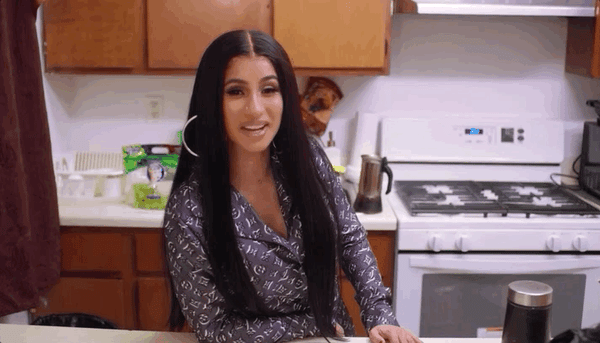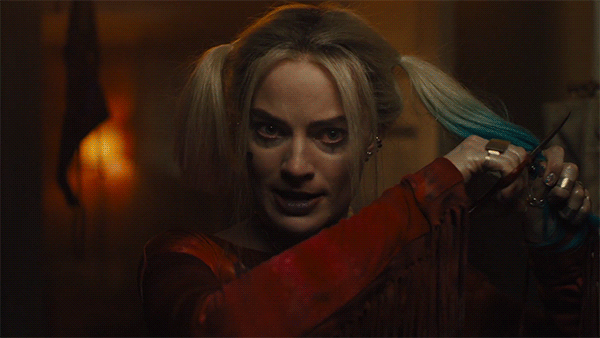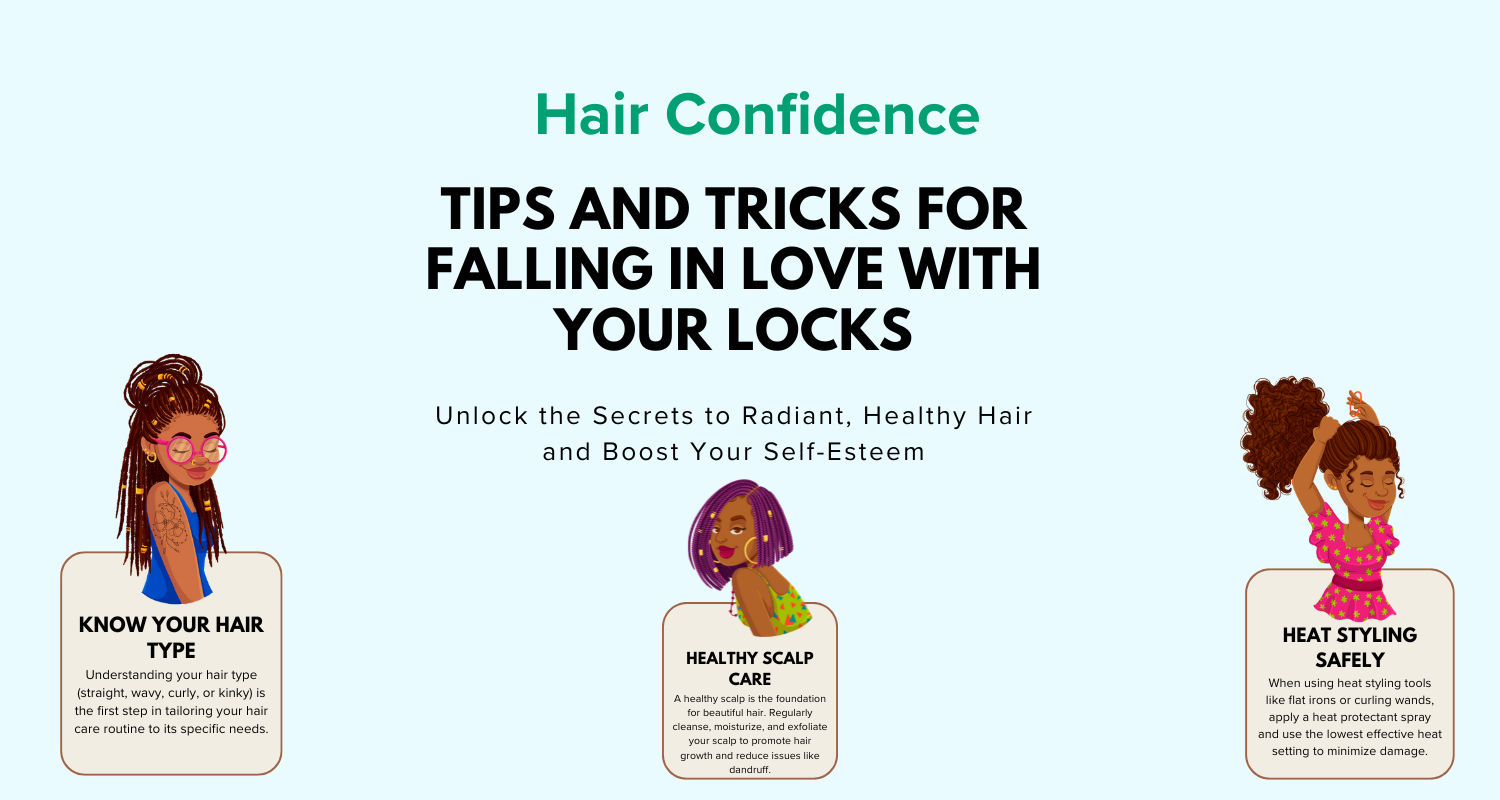THE 10 HAIR CARE TIPS YOU DIDN’T KNOW YOU NEEDED
Long, short, straight, curly, thin, dry, oily, thick…you name it! The beauty of hair stands in its diversity, and that’s a fact. But while you might be concentrating on the best routine specific to your hair type, you should know that some hair care tips are just universal. Are you sure you’re following the basics?
Some things just never change and hair care fundamentals are amongst those things. In that regard, we’re all the same! Some rules apply to everyone and before you go on a quest to look for your best hair care routine, you need to start from a very solid base.
Wash Hair Less Often
Overwashing your hair can strip the natural oils and cause damage. For most hair types, washing 2-3 times a week is ideal. Washing daily can dry out your hair and scalp, leading to problems like frizz, breakage, and dandruff.
Your scalp naturally produces oils that help keep your hair hydrated and healthy. Frequent shampooing removes these beneficial oils before they have a chance to travel down the hair shaft. This leaves your hair dry, brittle and prone to breakage.
Aim to wash your hair only when it looks or feels oily. The old rule of washing daily is outdated. Unless you have very fine hair that gets greasy quickly, you likely don’t need daily shampooing.
When you do shampoo, focus just on your scalp and avoid over-lathering the hair lengths. This helps remove excess oil and product buildup where it occurs most – at the roots.
Between washes, use a dry shampoo to absorb oil and refresh your style. Look for dry shampoos without harsh ingredients like sulfates. Apply to the roots and brush through to extend the time between shampoos.
Washing your hair less often is an easy way to boost shine and softness. Be patient as your scalp adjusts and enjoy the rewards of healthier, more manageable hair.
Use Cooler Water
Washing your hair with hot water can actually damage your hair over time. Hot water causes the cuticles – the outermost protective layer of the hair strands – to open up. When the cuticles are opened, it makes the hair more vulnerable to damage and breakage.
Using lukewarm or cool water instead is a much gentler approach for your hair. The cooler temperature won’t cause the cuticles to lift and expose the delicate inner structures of the hair. Washing with cooler water helps lock in moisture and maintains the structural integrity of each strand. This prevents dryness, frizz and split ends over time.
Aim to use water that is warm or cool to the touch, but not overly hot. If it feels uncomfortable on your skin, it’s going to be damaging to your hair cuticles as well. Make the switch to cooler water and you’ll notice less frizz, dryness and damage over time. Your hair will look shinier, smoother and healthier overall.
Limit Heat Styling
Heat styling tools like blowdryers, straighteners, and curling irons can cause significant damage to hair over time. The high temperatures break down the protein bonds in hair, leading to dry, brittle, frizzy strands.
Limiting your use of hot tools is one of the best things you can do for the health of your hair. If you must use heat, turn down the temperature as low as you can. Also be sure to apply a heat protectant product first to help minimize the damage.
Whenever possible, allow your hair to air dry naturally. Air drying avoids exposing hair to any heat at all. You’ll be surprised by your hair’s natural texture and wave when you let it dry on its own. Your hair may take longer to dry this way, but the health benefits are worth it.
If you’re in a rush, you can rough dry your hair with a blowdryer on a low heat and low airflow setting. Then let it finish air drying the rest of the way. Quick blasts of cool air can also help lock in style and shine.
Limiting heat tools doesn’t mean you have to give up styled hair. Embrace your natural texture or get creative with braids, ponytails, and buns on days when you’d rather not use hot tools. Your hair will thank you!
Trim Regularly
Getting your hair trimmed regularly is one of the best ways to maintain healthy hair and prevent damage. Experts recommend getting a trim every 6-8 weeks to prevent split ends from forming.
Split ends occur when the protective outermost layer of the hair shaft becomes damaged from overprocessing or heat styling. This causes the ends to become dry, brittle and split. If left untrimmed, split ends will continue to split up the hair shaft, causing more damage. It’s like a zipper unraveling.
Trimming your hair often removes these split ends before they can travel up the hair shaft and cause further breakage. It helps maintain your hair’s length by preventing unnecessary breakage. The general rule is to have split or damaged ends trimmed by a stylist before they surpass more than 1/4 inch up the hair shaft.
Getting frequent trims is especially important for those with dry, damaged or color-treated hair. The chemical processes involved weaken the hair cuticle, making it more prone to splitting. Trims also help keep hair looking healthy by removing any ends that appear thin, frayed or frizzy from previous damage.
By scheduling a trim every 6-8 weeks, you can maintain your hair’s length and keep it looking smooth, shiny and healthy. Trims are a simple way to prevent damage and keep your locks in their best condition.
Use a Heat Protectant
Applying a heat protectant before using hot tools like curling irons, straighteners, and blow dryers is crucial for preventing damage. Heat protectants contain ingredients that form a protective barrier over the hair strands. This barrier helps reflect heat and prevents the extremely high temperatures from causing excessive drying, breakage, and split ends.
Look for heat protectants that contain silicones like dimethicone. Silicones will coat the hair shaft and provide protection against the damaging effects of heat styling. The protectant layer keeps moisture locked in and acts as a shield so the cuticle doesn’t get fried. This helps hair look shinier, smoother and less frizzy after using hot tools.
Apply an even layer of the heat protectant spray or cream to damp or dry hair before using any hot tool. Pay extra attention to the ends since they tend to be the most fragile and damaged part. The product directions will specify how much to use, but a light misting or thin layer is usually sufficient to provide ample protection. Allow the product to fully dry before applying heat. With the protectant barrier in place, you can style away while preventing unnecessary damage to your strands.
Brush Gently
Gently brushing your hair is one of the most important tips for keeping it healthy and minimizing breakage. When brushing, always start at the ends and work your way up towards the roots. This helps prevent tangles and knots from forming close to the roots, which can cause hairs to get pulled and snap when you try to brush through them.
For wet hair, switch to a wide-tooth comb or wet brush. The teeth are spaced farther apart, so the comb can glide through wet strands without catching or tugging. A regular brush is too dense and will snag on wet hair. Using the right tool is key to smooth, pain-free detangling. Avoid vigorous brushing on wet hair, as the strands are weakest when wet and most prone to breakage.
Take your time working through tangles with a wide-tooth comb. Never force the comb through a stubborn knot, which can cause hairs to get ripped out. Gently tease apart the knot with your fingers, applying conditioner if needed to help loosen it. With patience and care, you can brush through wet or dry hair smoothly without damage.
Moisturize Your Hair
Keeping your hair properly moisturized is key for maintaining its health and shine. Many people focus conditioner on their scalp and roots, but the mid-lengths and ends of your hair often need more moisture. After shampooing, apply a nourishing hair mask or deep conditioner from ears down to nourish dry ends. Let it soak in for 5-10 minutes before rinsing out.
For lightweight moisture between washes, use a leave-in conditioner or hair serum on damp hair after showering. Focus application on the mid-lengths and ends of your hair, avoiding roots. Look for hydrating ingredients like coconut oil, shea butter, argan oil, aloe vera, and panthenol in hair products. Lock in moisture by avoiding heat styling and letting hair air dry when possible. Regular deep conditioning treatments and leave-in conditioners will help keep your hair looking healthy, soft, and shiny.
Avoid Too-Tight Hairstyles
Putting your hair in tight hairstyles like ponytails, buns, and braids may seem like an easy solution for a quick style, but it can damage your hair over time. When hair is pulled too tightly in these styles, the constant tension can put stress on the hair follicles, leading to breakage and hair loss.
The hair around your hairline and temples is especially vulnerable, as this area handles the most tension when hair is pulled back. Over time, tightly pulled styles can cause traction alopecia, a form of hair loss caused by damage to the follicles from chronic pulling or tension on the hair.
To avoid damage from too-tight hairstyles, it’s important to give your hair a break in between wearing these styles. Try to avoid pulling your hair tightly day after day. If you do need to wear a ponytail or bun, use fabric scrunchies or spiral hair ties, which have a little give to reduce tension on hair. When braiding, be careful not to pull too tightly as you secure the ends.
It’s also helpful to switch up where you position ponytails and buns. Wearing them in the same spot every day increases risk of localized traction alopecia. Change the location of your ponytail or bun regularly so no one area bears the tension over time. Give your hair a rest by wearing it down or in loose styles whenever possible. Being mindful to avoid too much tension on your hair will help minimize damage from tight hairstyles.

Use Satin Pillowcases
Sleeping on cotton pillowcases can cause a lot of friction and breakage for your hair. The coarse fibers of cotton rub against your hair at night, leading to tangles, frizz, and damage over time.
Switching your pillowcases to satin can make a big difference in reducing friction and minimizing hair breakage. Satin has a much smoother texture that allows your hair to glide freely over the surface without catching and pulling. This helps reduce frizz, knots, and split ends.
The benefits of satin pillowcases include:
Less bedhead in the mornings – your hair will be smoother and more manageable after sleeping on satin.
Less pulling and tangling at night – satin minimizes friction so your hair stays protected.
Reduced frizz and flyaways – the smooth surface keeps hair straighter and sleeker.
Less hair breakage – satin causes less abrasion and damage to the hair cuticle.
Maintains moisture – cotton absorbs moisture while satin retains it.
Switching to a satin pillowcase can help maintain the health and integrity of your hair while you sleep. It’s a simple change that helps reduce friction, breakage, and dryness over time. Your hair will thank you in the mornings!
Get Regular Trims
Getting regular trims is one of the best things you can do for the health of your hair. It’s recommended to see your stylist every 6-8 weeks for a trim. This will help prevent split ends from travelling up the hair shaft and causing more damage.
Split ends form when the protective outermost layer of the hair, the cuticle, becomes damaged from things like over-processing, heat styling, and environmental factors. Once a split end forms, it will continue to split up the hair shaft if it’s not trimmed off. The only way to get rid of split ends is to cut them.
Trims remove any split or damaged ends, allowing your hair to remain healthy and grow longer. Leaving split ends untrimmed can lead to more breakage and a shaggy appearance. Trims also help maintain the shape of your preferred hairstyle.
So be diligent about your trim schedule. Regular trims every 6-8 weeks will keep your hair looking and feeling its best!
Hair care tips for daysss
Whether you look like Rapunzel or Merida or you can rock a cool pixie cut, we got you girl.

Here is a list of 10 hair care tips that you didn’t even know you needed and that you should follow ASAP:
1. WASH YOUR HAIR WITH WARM WATER
Hot water feels great to the touch, especially after a long winter day. However, you should be aware of the fact that super hot water will literally strip your hair of essential oils, leaving it dry and lifeless. So, next time you shower, try adjusting the temperature from boiling hot to warm. Your hair will thank you!
2. SHAMPOO AND CONDITION CORRECTLY
Pfff, so basic right? Well, before you roll your eyes, are you sure you’re using them correctly? Think about where your hair gets greasy first: your roots; which is why, when you’re shampooing, you should mainly focus on your scalp and not your lengths. Same goes for conditioning: you should keep away from your roots and concentrate conditioner on your lengths and ends. Putting conditioner on your scalp can end up weighing down your hair. Who’s rolling eyes now, uh?

3. RINSE THOROUGHLY
Even if it feels like you got rid of all the product in your hair, make sure to be extremely thorough with rinsing and always give it that extra couple of minutes. Not rinsing correctly can leave your hair feeling heavy and oily.
4. TAKE CARE OF YOUR SCALP TOO
This is where your hair grows out from so, to keep your scalp healthy, means that you start from a good base to grow healthy hair. At the end of the day, it’s skin that needs to be taken care of just as much as your face. Regular build up of oil, dead skin cells and leftover product can end up suffocating your scalp. A good scalp scrub and restoring serum once in a while should do the trick!
5. SLEEP ON A SILK PILLOWCASE
Spoiler alert: cotton pillowcases can literally absorb hair care products out of your hair! So, all of your good work just goes to waste. Switch to a silk or satin pillowcase: it’s more gentle on the hair and doesn’t dry it out. I know, mind blown.

6. DEEP CONDITION REGULARLY
Just like your face, your hair also needs that extra boost of nutrients every once in a while. So, try adding nutritive, restoring hair masks to your routine once a week. Leave it on for a minute: your hair will fell much softer and stronger.
7. LET IT AIR DRY WHEN POSSIBLE
Excessive heat styling can and will damage your hair! Give it a break and try letting it air dry when you can.
8. PROTECT HAIR FROM UV RAYS
Oh how much you love that sun bleached hair look in the summer! Well sure, but be careful. The sun can actually harm your hair, just like it harms your skin. Which is why you should protect it with a hat or specific SPF serums when you’re outside for a long time.
9. TRIM SPLIT ENDS
I know, so sad. But you have to. When ends start splitting, it’s easier to give them a little trim, rather than desperately trying to seal them up. Relax, you don’t have to cut dramatically short: a little bit is just enough. You hair will end up looking healthier this way.

10. USE A WIDE TOOTH COMB ON WET HAIR
Wet hair tends to break more easily than dry hair, which is why we recommend you to use a wide tooth comb on your damp hair (rather than a brush) and also to be extremely gentle when doing so.


